Forget the Eiffel Tower and Colosseum—Europe’s real masterpieces are the cakes that have sparked border disputes, family feuds, and the occasional existential crisis (“How have I lived without this?”).
These aren’t just desserts—they’re edible history, baked with butter, layered with drama, and often guarded like national treasures.
1. The Decadent Sachertorte
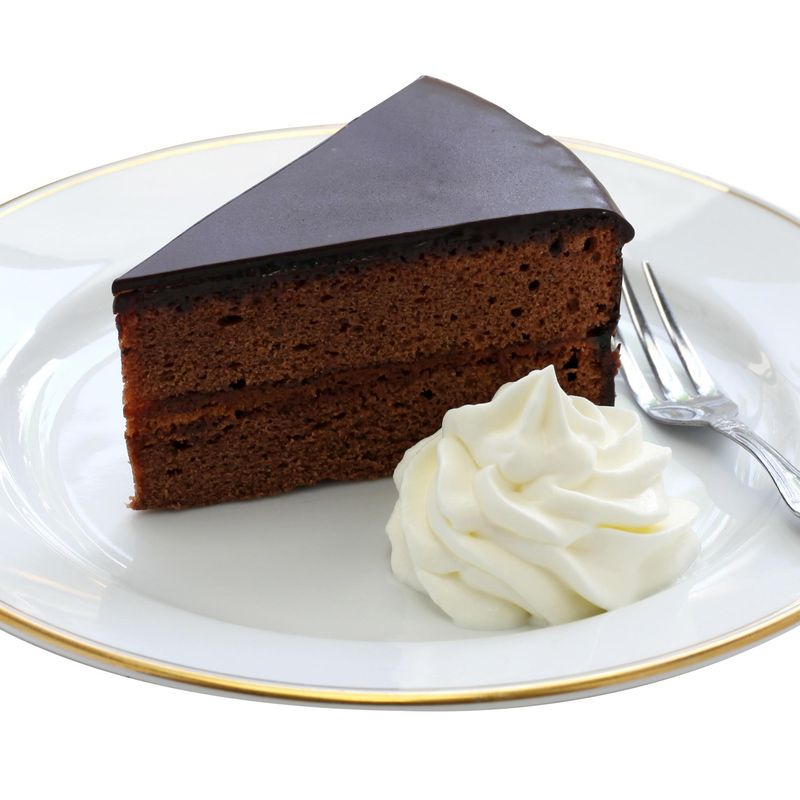
What if I told you Austria’s most famous chocolate cake sparked a legal battle lasting seven years? Vienna’s Hotel Sacher fought Demel Bakery over who owned the original recipe!
Dense chocolate sponge layered with apricot jam and coated in glossy chocolate icing creates this imperial masterpiece. Franz Sacher created it in 1832 for Prince Metternich.
2. Black Forest Gateau’s Cherry Explosion
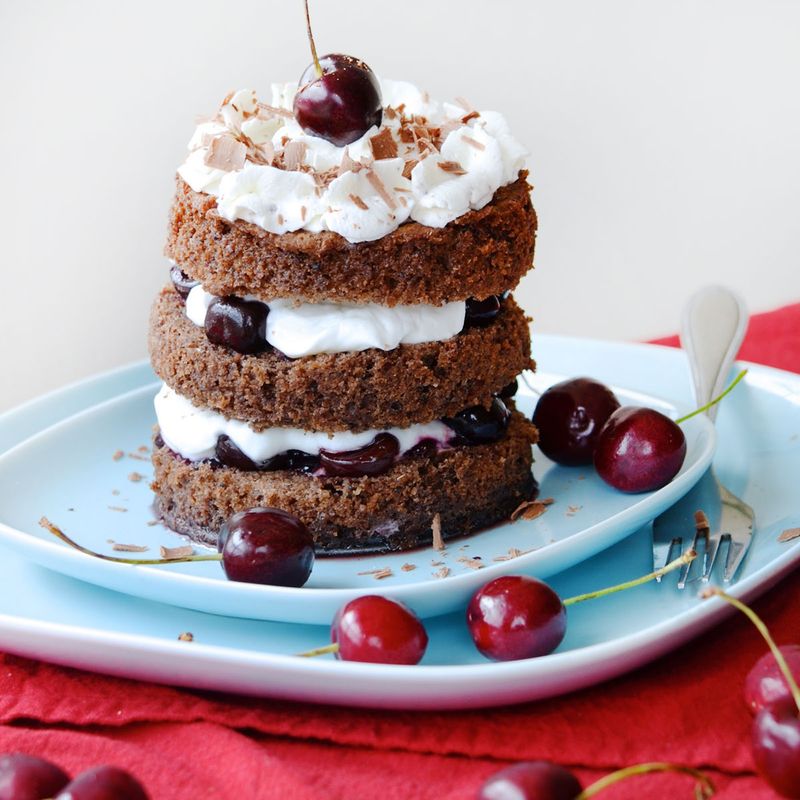
Though Americans butcher its pronunciation, Schwarzwälder Kirschtorte remains Germany’s most beloved export! Layers of chocolate sponge soaked in kirsch liqueur alternate with whipped cream and sour cherries.
Hailing from the Black Forest region, this cake mimics traditional outfits worn by local women – black (chocolate) for the hat, white (cream) for the blouse, and red (cherries) for pom-poms.
3. Princess-Worthy Swedish Princess Cake

Ever wondered why this cake is bright green? Prinsesstårta’s distinctive marzipan dome traditionally comes in this eye-catching color, making it impossible to miss in Swedish bakery windows!
Beneath its emerald exterior lie layers of sponge, jam, vanilla custard, and a mountain of whipped cream. Created in the 1920s for Sweden’s princesses, it remains royally delicious. Tag a friend who deserves this royal treatment!
4. Basque Cheesecake’s Burnt Beauty
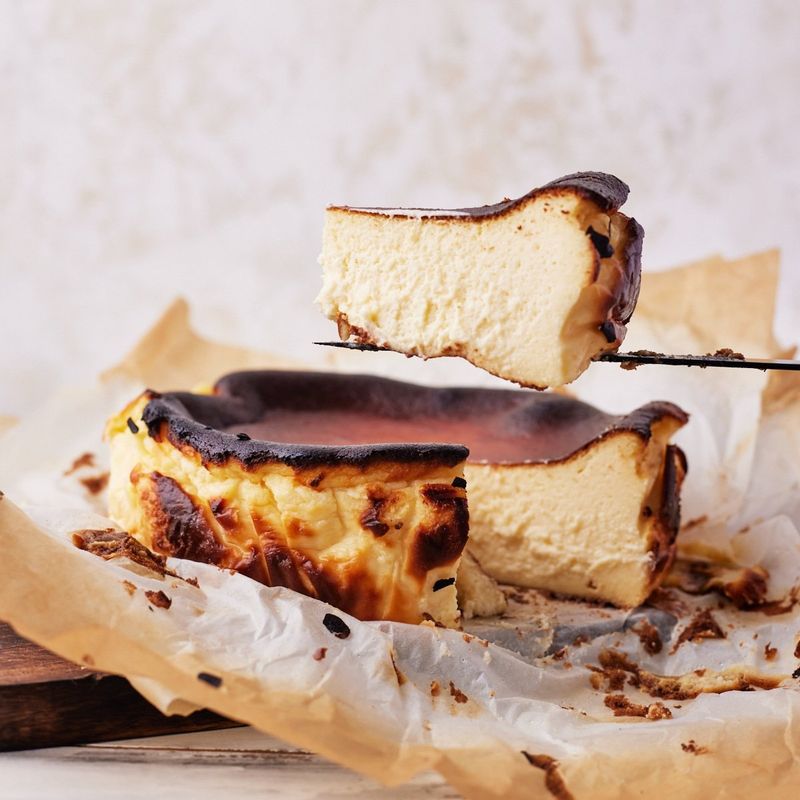
Oops, I burnt the cheesecake! In most kitchens, that’s a disaster – in San Sebastián, it’s perfection! The deliberately charred top of Basque Cheesecake creates a caramelized crust that’s absolutely addictive.
Unlike its American cousin, this Spanish sensation has no biscuit base and a gooey center that oozes when cut. La Viña restaurant created this rebel dessert that breaks all the rules. Would you dare try this “burnt” masterpiece?
5. Medovik’s Honey-Soaked Layers
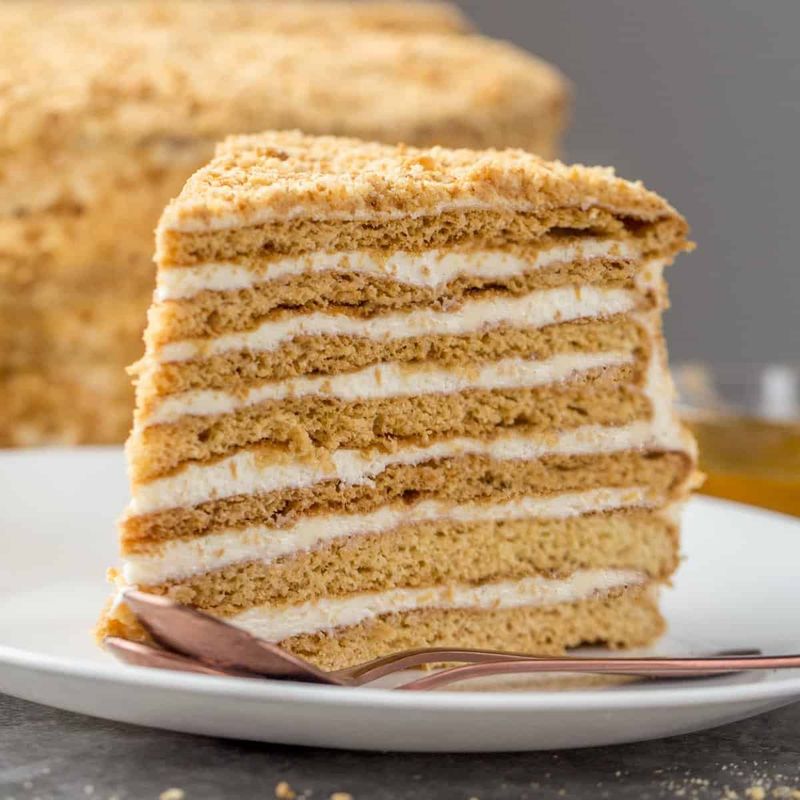
If patience had a flavor, it would be Medovik! Russian bakers stack 8-15 paper-thin honey cakes with sour cream frosting between each layer, then wait overnight as the cake softens to perfection.
Legend claims this dessert was created in the 19th century for Empress Elizabeth, wife of Alexander I, who previously hated honey until tasting this transformative cake. The empress’s chef certainly saved his job with this clever creation!
6. Kardinalschnitten’s Cardinal Sin

Holy heavens! Austria’s Kardinalschnitten cake supposedly got its name because it was so delicious, even cardinals would sin for a slice! Alternating pink and yellow layers of meringue and sponge create this ecclesiastical treat.
Between these colorful layers hides rich buttercream, making each bite a religious experience. The distinctive pink and yellow pattern resembles traditional cardinal robes – a delicious fashion statement in cake form!
7. Dobos Torte’s Caramel Crown

Behold the cake that revolutionized European pastry! Hungarian confectioner József Dobos created this showstopper in 1884, featuring five layers of sponge and chocolate buttercream topped with caramel triangles.
The genius part? That caramel top wasn’t just for show – it sealed in freshness before refrigeration existed! Dobos kept his recipe secret for decades before finally revealing it to Budapest’s Pastry and Honey-Makers’ Guild. Share if you appreciate this sweet innovation!
8. Pastel de Nata’s Custard Perfection

How did monks create Portugal’s most famous dessert? When Jerónimos Monastery faced closure in the 1800s, clever monks sold these custard tarts using egg yolks left over from starching their habits with whites!
Flaky pastry cradles silky custard with a caramelized top, creating the perfect textural contrast. Locals eat them warm with cinnamon and espresso. Belém’s original bakery still uses the secret monk recipe – pilgrims now worship at its counter!
9. Tarta de Santiago’s Almond Mystery
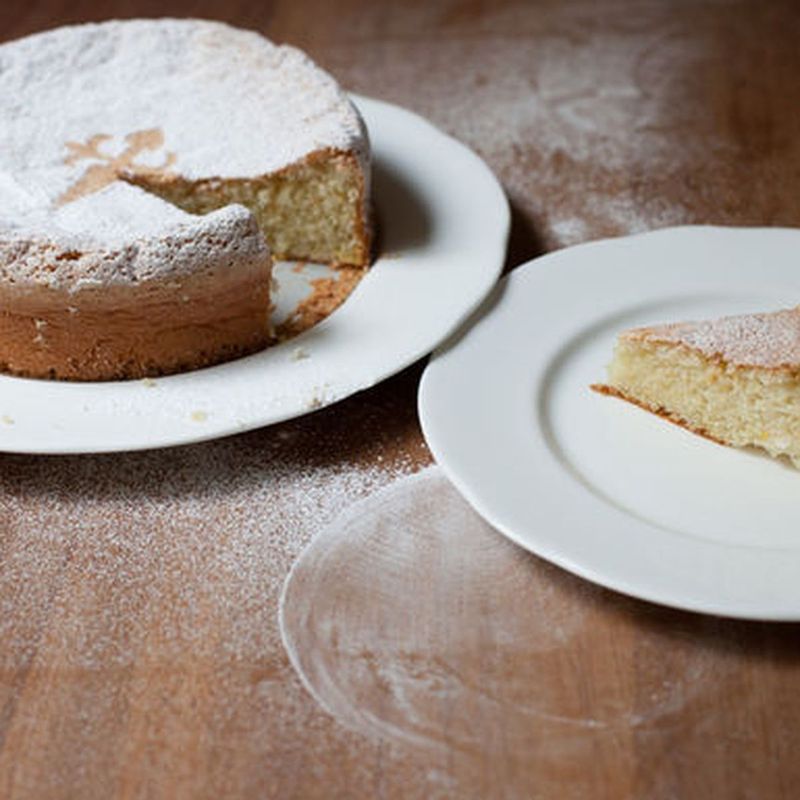
Pilgrims walking Spain’s Camino de Santiago receive more than spiritual enlightenment – they discover this heavenly almond cake! Dusted with powdered sugar through a stencil of St. James’s cross, it’s instantly recognizable.
Dating back to the Middle Ages, this flourless wonder contains just almonds, eggs, and sugar. Its simplicity belies its complex flavor. Medieval pilgrims carried almonds as sustenance during their journey – now tourists carry whole cakes home as souvenirs!
10. Battenberg Cake’s Checkered Past
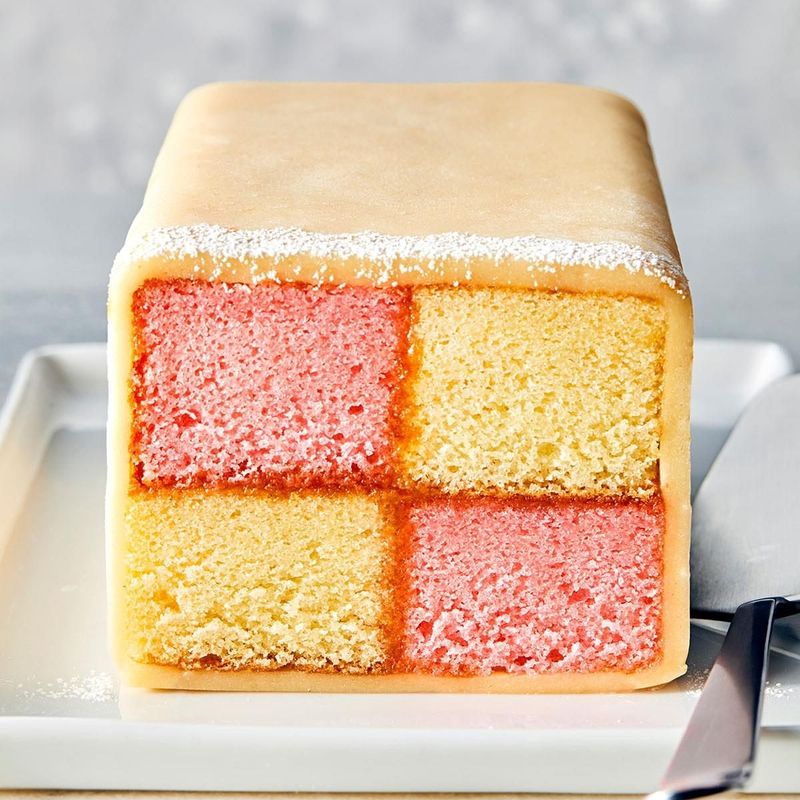
Checkmate! This distinctive pink and yellow checkerboard cake wrapped in marzipan allegedly celebrated the 1884 marriage of Princess Victoria to Prince Louis of Battenberg. However, historical sleuths have found zero evidence of this royal connection!
Four squares of sponge are assembled with jam into a geometrically perfect pattern that would make any mathematician drool. British afternoon tea wouldn’t be complete without this architectural marvel. Can you resist its mathematical deliciousness?
11. Kladdkaka’s Gooey Chocolate Heart
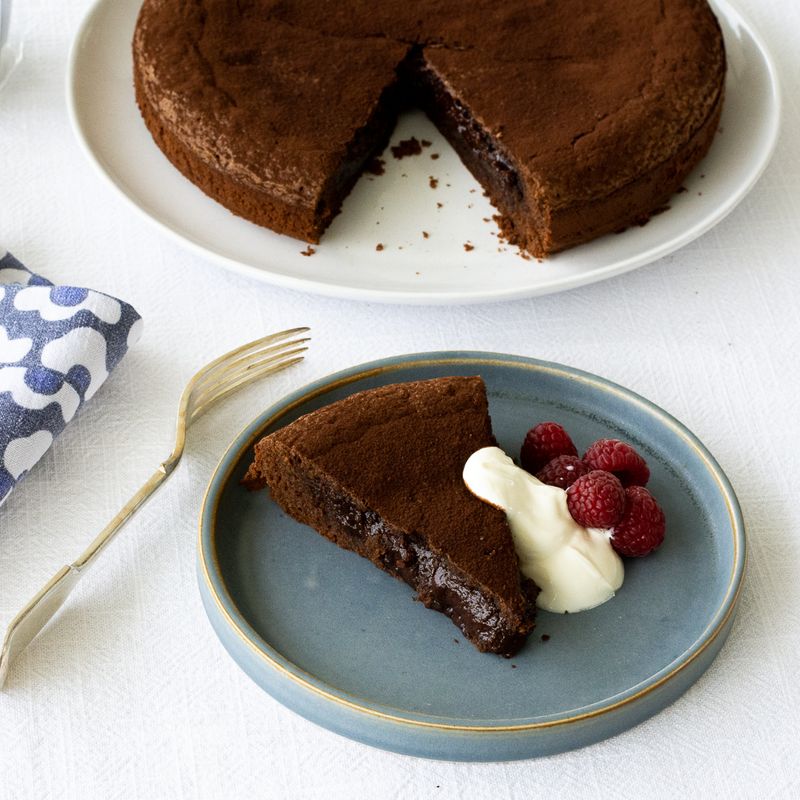
Sweden’s answer to brownies puts all others to shame! Kladdkaka (literally “sticky cake”) purposely underbakes its chocolate batter, creating a crisp shell with a molten center that makes chocolate lovers weak at the knees.
Found in every Swedish café, this national treasure requires minimal ingredients yet delivers maximum pleasure. Traditionally served with whipped cream and berries, locals argue about whether room temperature or chilled is best. Which team would you join?
12. Gugelhupf’s Ring of History

Marie Antoinette allegedly introduced this ring-shaped cake to France, but Austrians, Germans, and Swiss all claim it as their own! The distinctive rippled design comes from special Bundt-style molds passed down through generations.
Yeasted dough studded with raisins soaked in rum creates its distinctive flavor. The name “Gugelhupf” might come from the German “gugel” (hood) and “hupf” (jump) – perhaps because it resembles a hooded monk jumping! Try explaining that etymology after a slice or two!
13. Esterhazy Torte’s Elegant Stripes
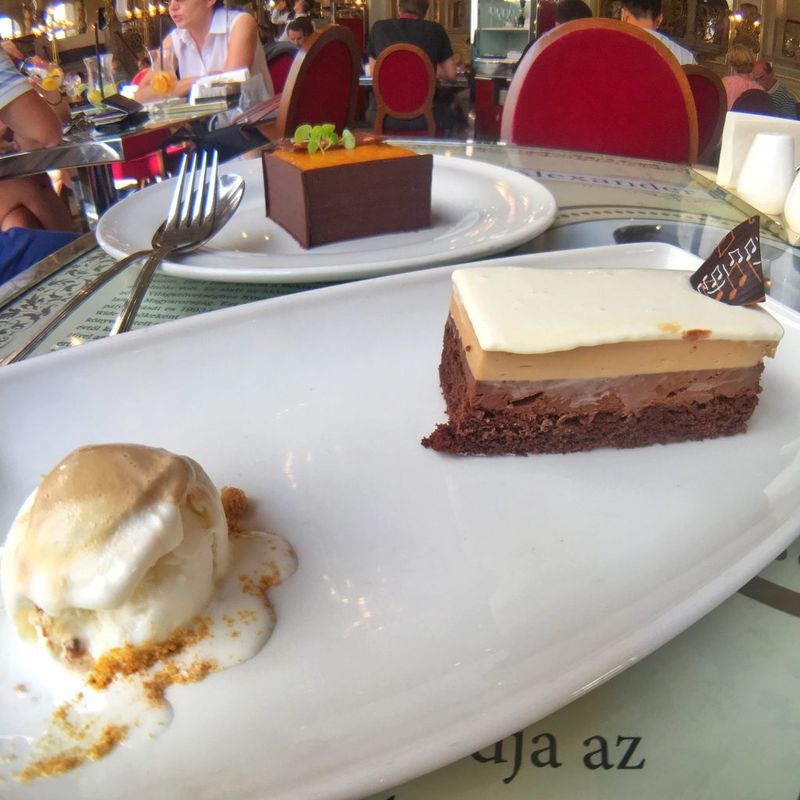
Named after a 19th-century Hungarian diplomat, Prince Paul III Anton Esterhazy, this cake is as sophisticated as its namesake! Five layers of hazelnut meringue interspersed with cognac-spiced buttercream create an aristocratic treat.
The signature topping features chocolate stripes in a distinctive cobweb pattern – no two cakes look exactly alike. Originally created in Budapest, this cake spread throughout the former Austro-Hungarian Empire. Impress your friends with this bit of sweet history!
14. Galette des Rois’ Hidden Surprise
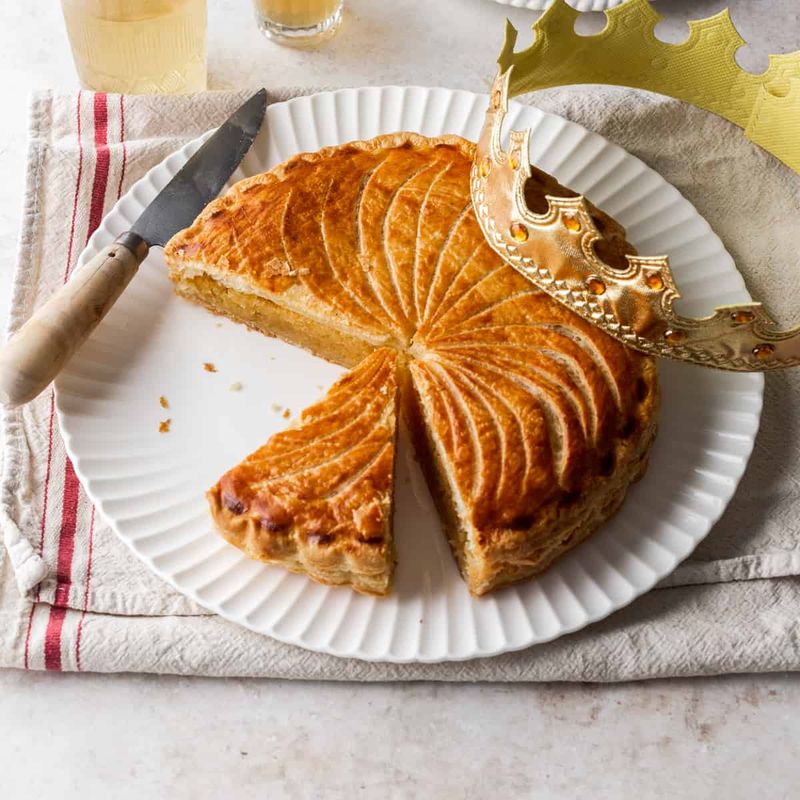
Fancy becoming royalty for a day? Each January, French families share this almond cream-filled puff pastry with a tiny porcelain figurine (fève) hidden inside. Whoever finds it becomes king or queen!
Dating back to Roman celebrations of Saturnalia, this cake has evolved into a Twelfth Night tradition. The youngest person hides under the table and assigns each slice to family members, ensuring no cheating! Has anyone ever swallowed the prize in your household?
15. Runeberg Torte’s Poetic Origins
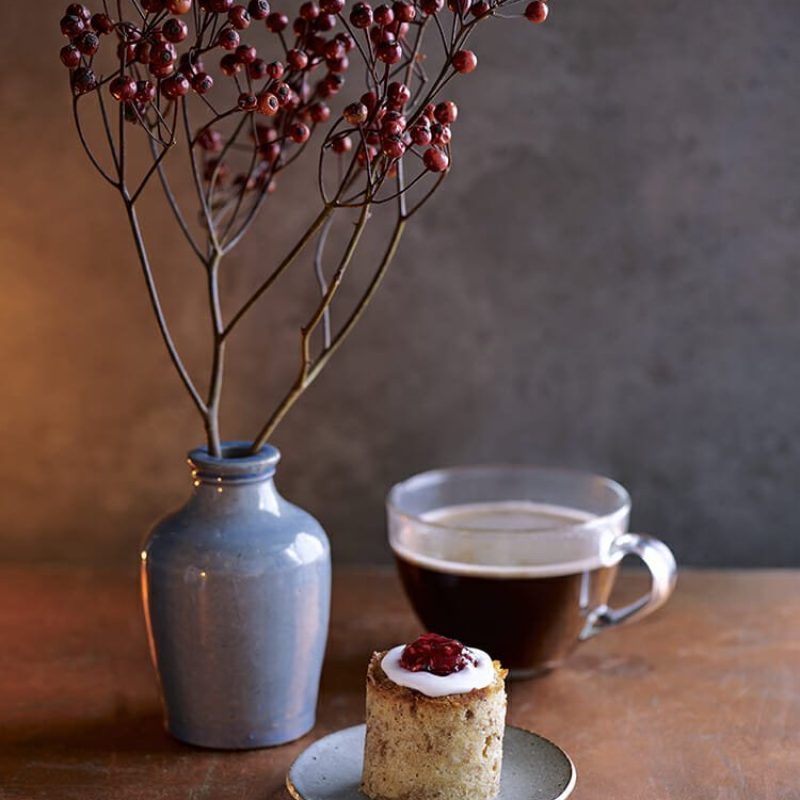
Finland’s national poet Johan Ludvig Runeberg supposedly ate these almond-cardamom cakes for breakfast daily! His wife Fredrika created them using leftover breadcrumbs – proving that great poetry and great baking both require creative resourcefulness.
Topped with raspberry jam and a ring of sugar icing, these treats appear in Finnish bakeries every February for Runeberg Day. The dense, rum-scented cakes perfectly complement coffee. Literature never tasted so delicious – perhaps we should all adopt a cake-for-breakfast policy!
16. Baumkuchen’s Ringed Revelation
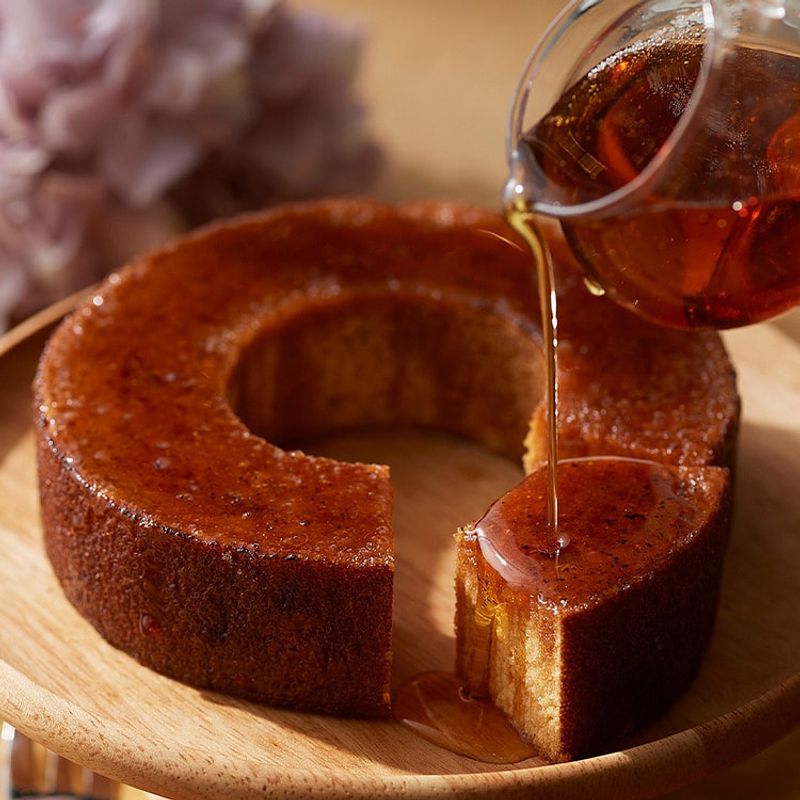
Baumkuchen means “tree cake” in German – cut into this cylindrical wonder and you’ll see why! Thin layers of batter are brushed onto a rotating spit over open flames, creating concentric rings resembling tree growth rings.
Requiring specialized equipment and extreme skill, true Baumkuchen is rare outside Germany. Japanese bakers became obsessed with this technique after a German baker introduced it in the 1960s. Now Tokyo has more Baumkuchen specialists than Berlin! Would you travel for a slice?
17. Mille-feuille’s Thousand Leaves
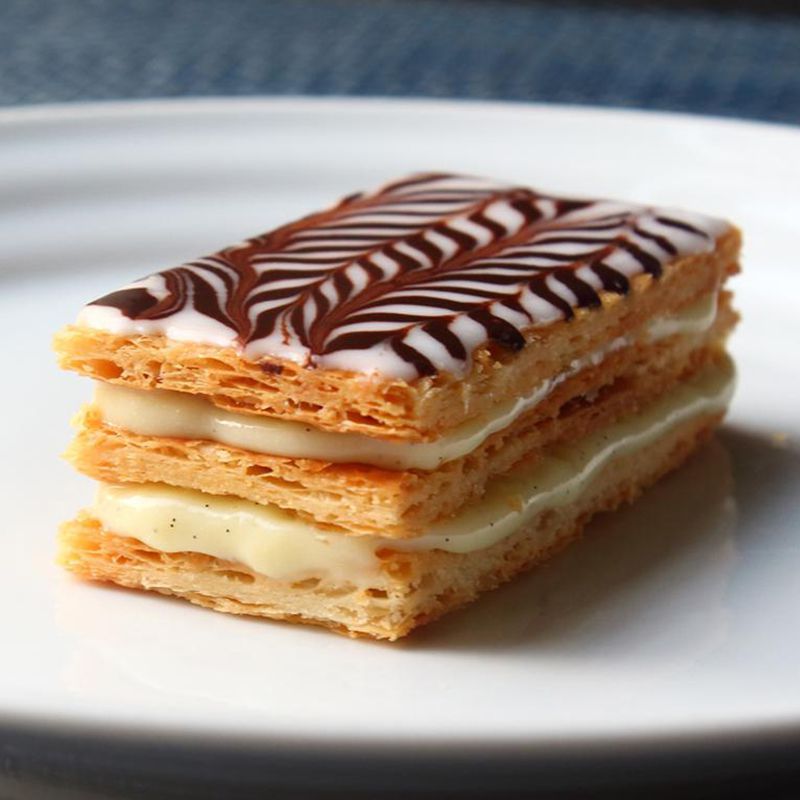
Though its name means “thousand leaves,” this French classic actually contains just three layers of puff pastry! Between these crispy sheets lies luscious pastry cream, with the top decorated in distinctive white icing with chocolate feathered lines.
Napoleon supposedly loved this dessert so much it gained his name in some regions. Eating it properly requires surgical precision – press down and it explodes in a delightful mess! Accept the challenge and wear those crumbs with pride!
18. Karpatka’s Mountain Peaks
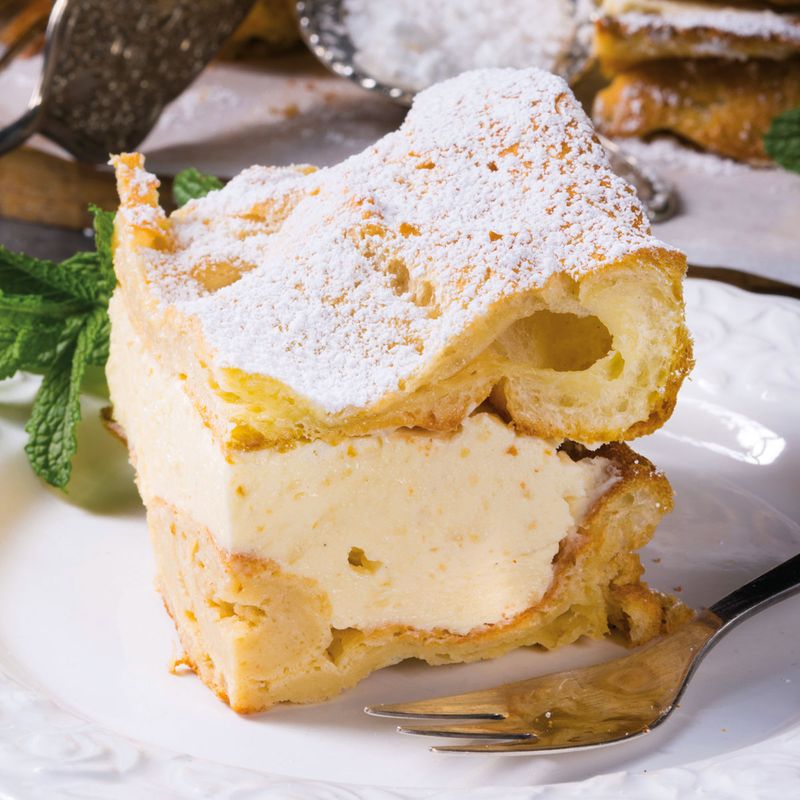
Poland’s “Carpathian Mountain Cake” mimics snowy mountain peaks with its irregular choux pastry top! Two layers of airy pastry sandwich vanilla custard cream that’s rich enough to fuel any mountain expedition.
Unlike fussy, perfectly-shaped desserts, Karpatka celebrates rustic imperfection. The more uneven the top, the more authentic it looks! This humble cake proves that homely appearance often hides extraordinary flavor. Have you discovered any other “ugly delicious” desserts worth sharing?
19. Bienenstich’s Honey-Almond Crunch
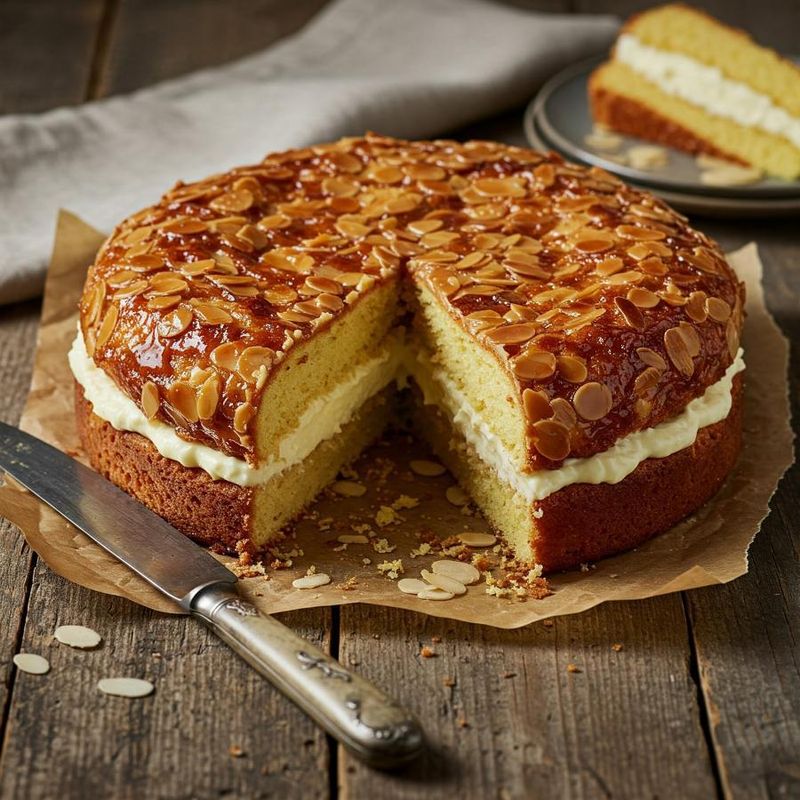
Legend has it that German bakers created this “Bee Sting” cake after successfully defending their town by throwing beehives at invaders! The honey-almond topping supposedly honors those defensive bees.
Sweet yeast dough forms the base, while vanilla custard cream fills the center. The crowning glory is caramelized honey almonds that provide irresistible crunch. History never tasted so sweet – though thankfully no actual bee stings are required to enjoy this treat!
20. Revani’s Syrup-Soaked Semolina

Forget dry cake! Greece’s revani bathes semolina sponge in sweet syrup until it’s gloriously saturated. Infused with citrus or rose water, this Middle Eastern-influenced dessert shows how flavors transcend borders.
Named after an Ottoman poet from Edirne, revani appears across the Balkans and Mediterranean under different names. Greeks often top it with yogurt or ice cream for extra indulgence. One bite transports you to sun-drenched tavernas – Mediterranean vacation in cake form!

